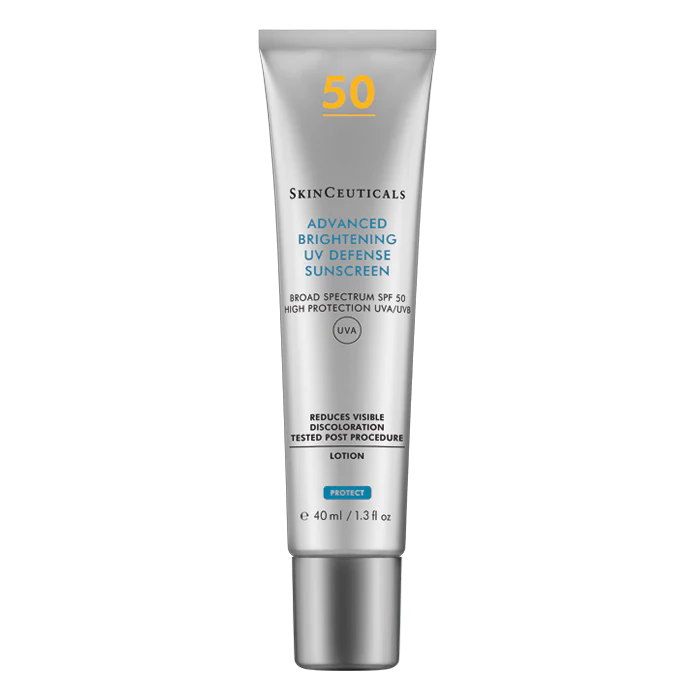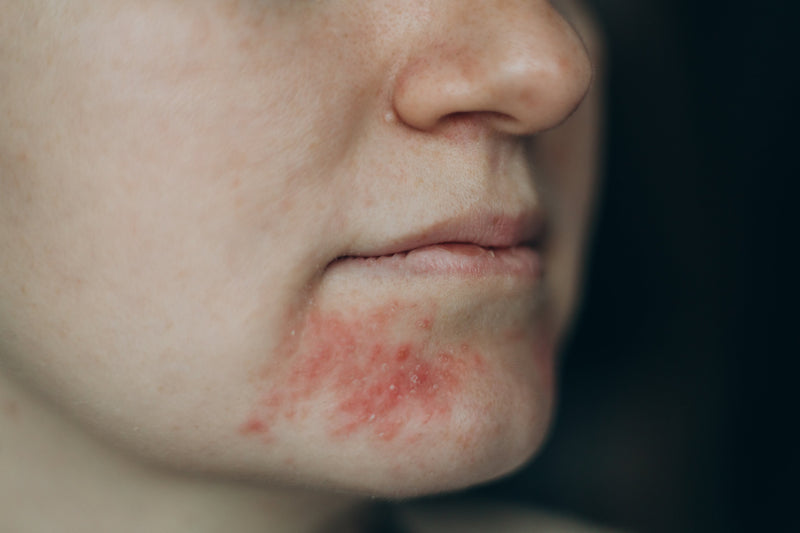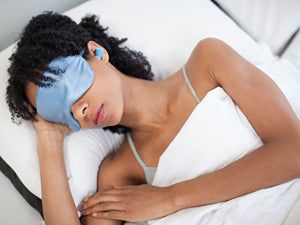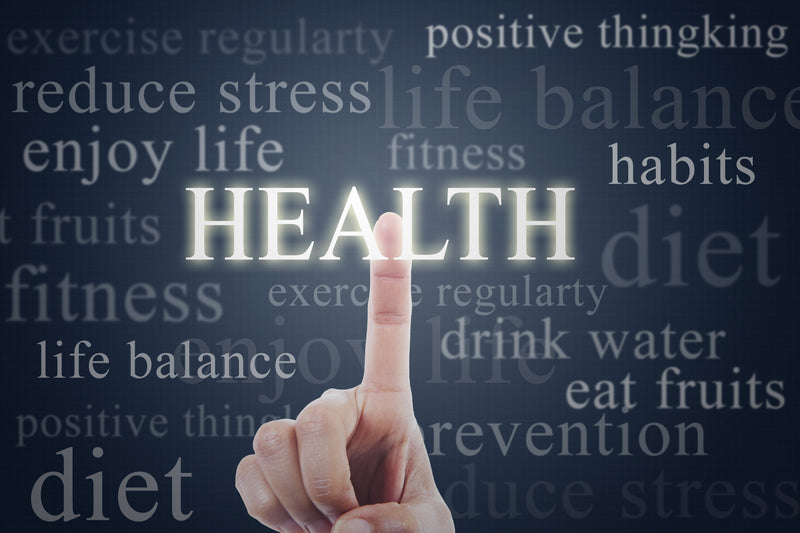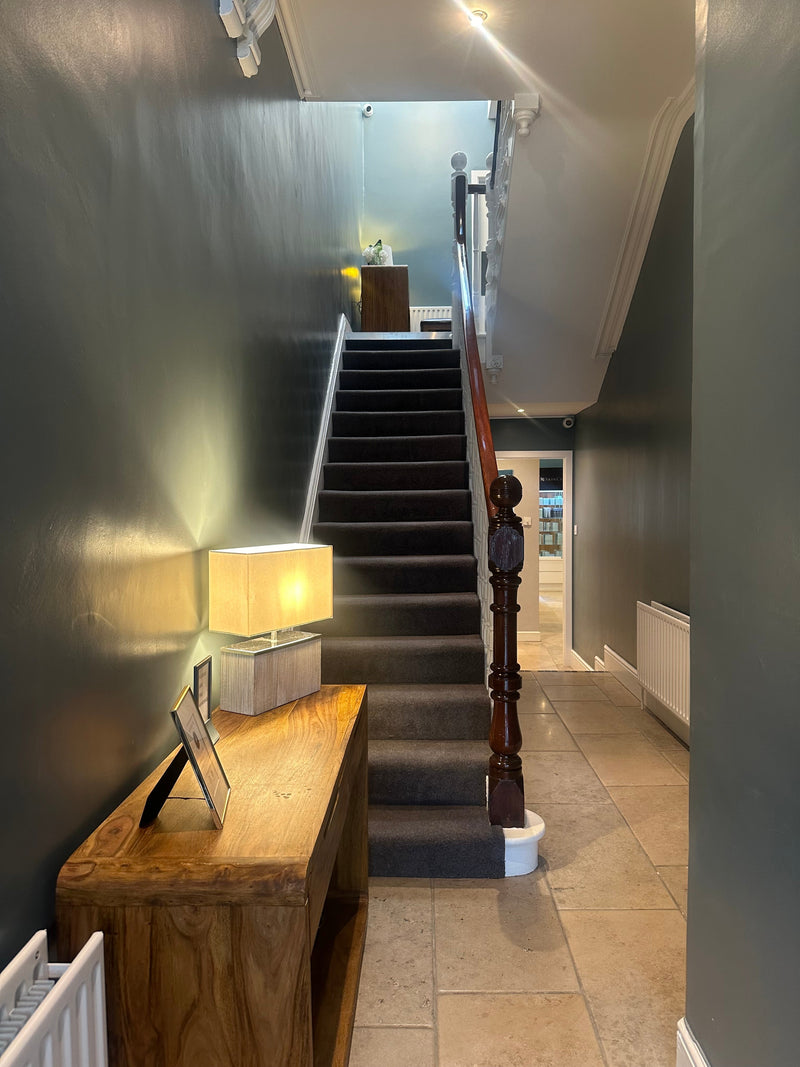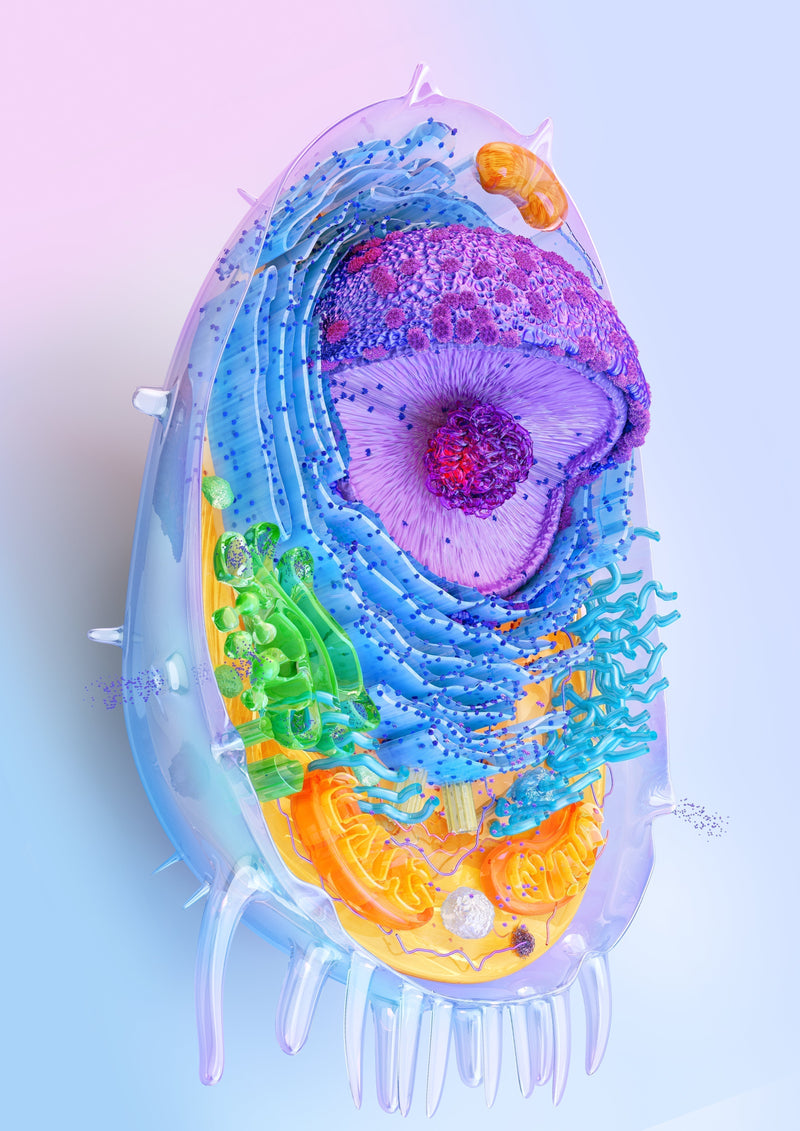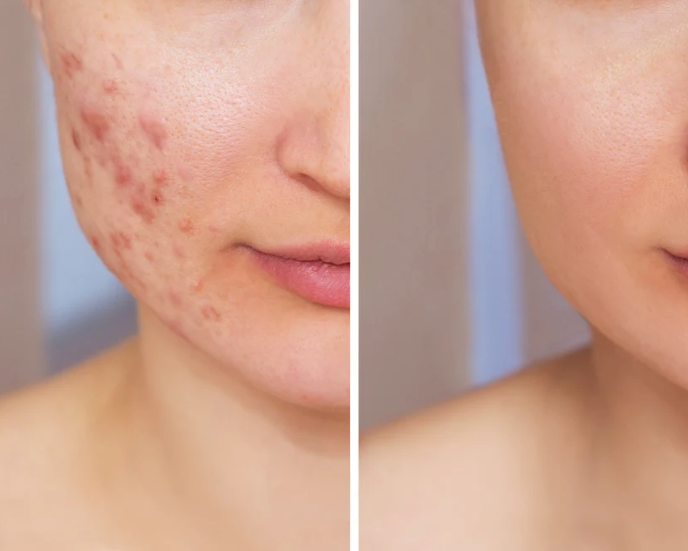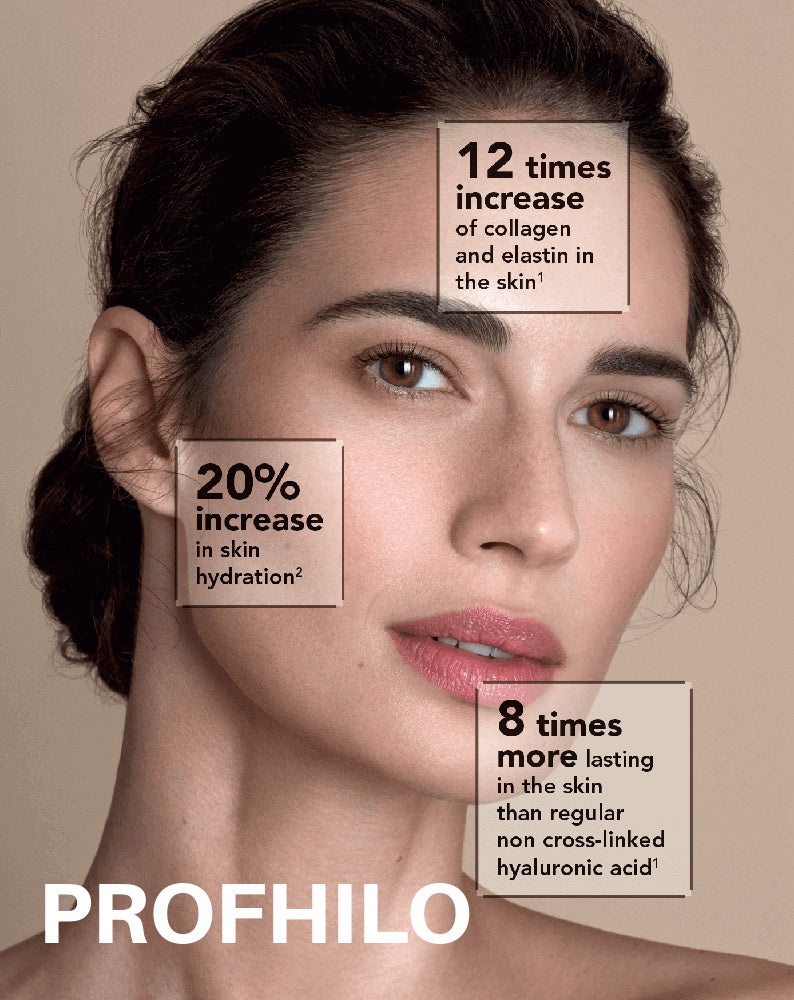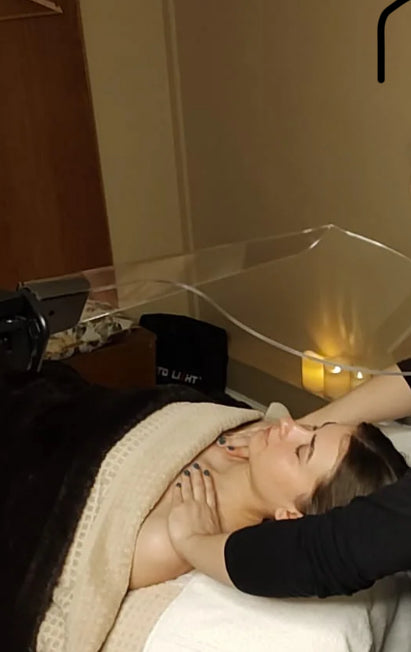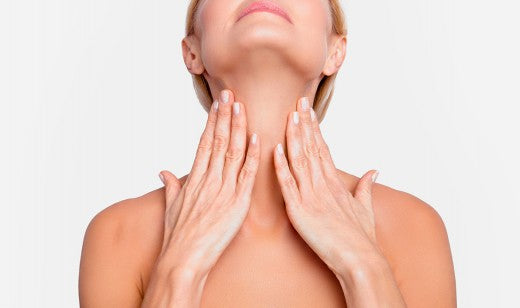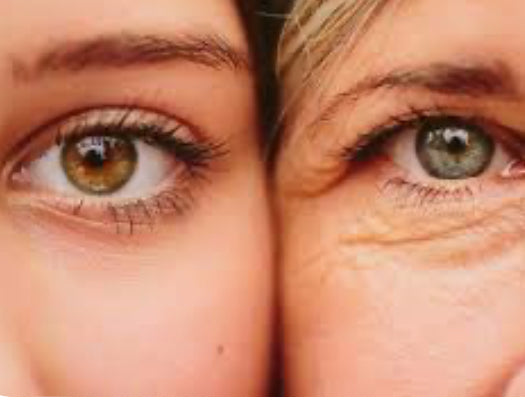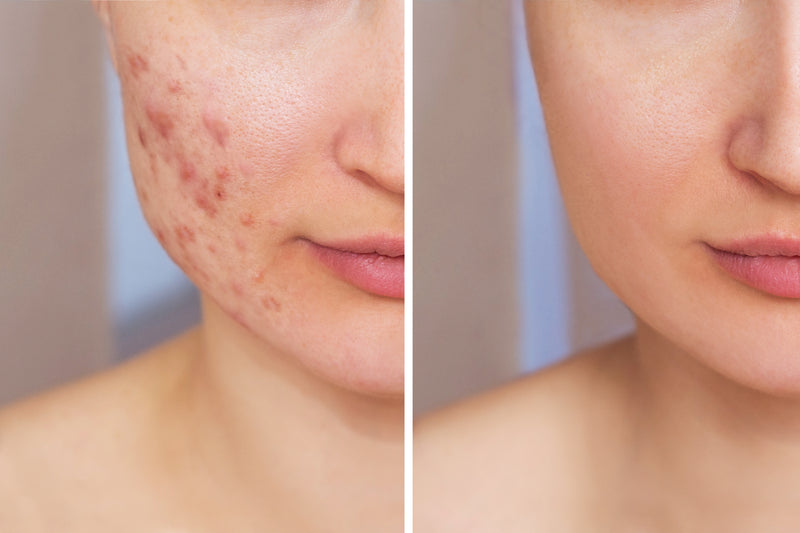Modern life keeps both the young and the old in a near-constant state of alert. The noise, speed and demands of daily living activate the body’s stress response far more often than it was ever designed to handle. This response is controlled by the autonomic nervous system (ANS) — the network that regulates functions we do not consciously control: heart rate, breathing, digestion, blood pressure and hormonal balance. It has two primary branches: the sympathetic nervous system, responsible for activating the “fight or flight” response, and the parasympathetic nervous system, which supports rest, digestion and recovery.
In a healthy state, the body moves fluidly between these two modes. Chronic stress, however, traps many people in prolonged sympathetic activation. The result is a system that stays ready to react but rarely gets the opportunity to rest. Over time, this imbalance can lead to fatigue, digestive disturbance, sleep problems, anxiety, hormonal disruption and reduced immune function. Regulation is therefore not about removing stress altogether — that’s unrealistic — but about training the body to recover effectively after exposure to stressors.
The foundation of this recovery is found in the ordinary routines that shape daily life.
Sleep and Rest
Sleep is the body’s most powerful restorative process. During deep sleep, the brain clears metabolic waste via the glymphatic system, repairs tissue and consolidates memory. Poor or irregular sleep disrupts circadian rhythm and alters key stress-related hormones such as cortisol and melatonin. Regularity matters more than duration: consistent sleep and wake times help anchor physiological stability.
Rest, distinct from sleep, allows for conscious stillness. Short periods of quiet, where stimulation and responsibility are reduced, recalibrate cardiovascular and endocrine systems. These “micro-pauses” train the nervous system to associate safety with stillness rather than constant activity.

Lifestyle and Diet
A balanced lifestyle supports biological rhythm. Exposure to natural light during the day, dimmer light in the evening, regular mealtimes and clear separation between work and rest all help synchronise the body’s internal clock. Predictability supports mental clarity and physiological balance.
Diet plays a direct role in nervous system health. The gut and brain communicate through the vagus nerve, a major pathway of the parasympathetic system. Gut inflammation or fluctuating blood sugar can send stress signals to the brain, amplifying anxiety and reducing resilience. Nutritionally balanced meals, eaten slowly and mindfully, help maintain steady energy and hormonal equilibrium.
Exercise, Touch and Breath
Regular exercise supports both branches of the autonomic system. Aerobic activity helps metabolise stress hormones such as adrenaline, while strength training builds physical and emotional resilience. Gentle exercise — walking, yoga or tai chi — re-engages the parasympathetic branch, reducing heart rate and promoting recovery. Research consistently shows that exercise enhances heart rate variability (HRV), a key measure of nervous system flexibility.
Massage and reflexology provide tactile stimulation that lowers cortisol and improves vagal tone. Human touch remains one of the body’s most reliable safety signals, reducing perceived threat and promoting calm. Controlled trials show measurable reductions in stress hormone levels and inflammation following therapeutic touch.
The breath is the most accessible lever for regulation. Each inhalation slightly activates the sympathetic branch, while each exhalation engages the parasympathetic. Slow, diaphragmatic breathing with longer exhalations increases vagal activation, reducing heart rate and blood pressure. Clinical studies link breathwork with improved emotional regulation, pain tolerance and stress resilience.

Downtime and Regulation
Downtime — unstructured, non-productive time — is essential, not optional. The nervous system processes experiences and consolidates learning during quiet moments. Activities such as reading, journaling, being outdoors or simply sitting without digital input allow the body to recalibrate.
Balance within the nervous system depends on rhythm, not perfection. A life that alternates between effort and ease mirrors the body’s own oscillation between activation and recovery. In a culture that glorifies busyness, genuine wellbeing may rely less on doing more and more on remembering how to stop. When the body receives consistent signals of safety — through rest, nourishment, movement and connection — it returns to the state it was designed for: repair, growth and calm awareness.
https://www.frontiersin.org/research-topics/24625/insights-in-autonomic-neuroscience-2021/magazine
